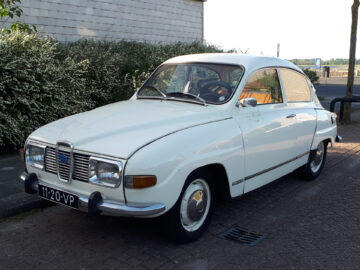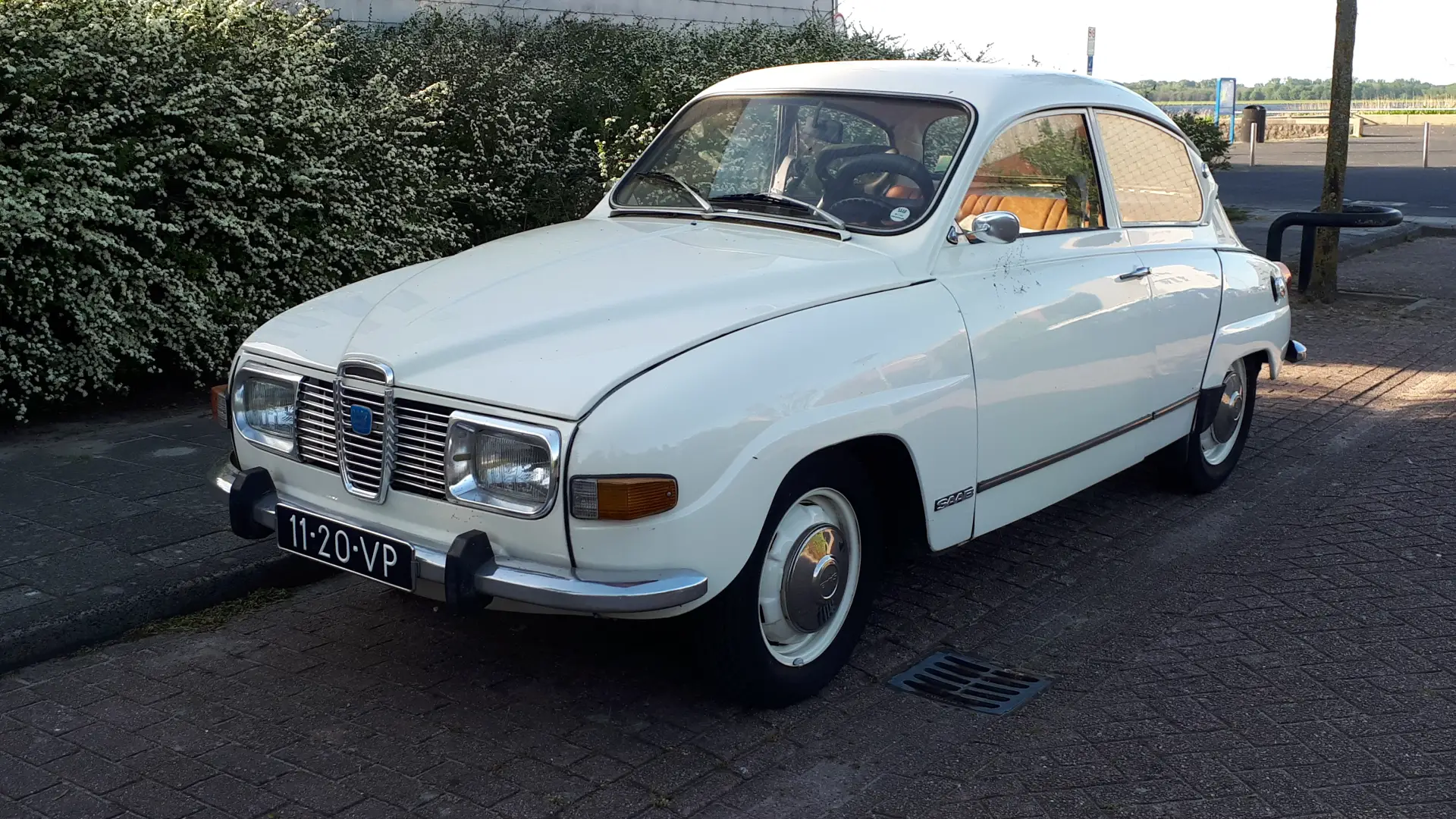Spotted: a 1972 Saab 96 V4
Some brands are known in part for their distinctive engine. Consider Porsche with the six-cylinder boxer engine, Subaru with the four-cylinder boxer combined with all-wheel drive, or Mazda with the rotary engine. Saab also belongs in this list, with the V4. The engine was found, among other things, in the Saab 96, which is featured this time in the
Spotted
shines.
The Saab V4
Although Saab became best known for its V4 engine, the block did not come from them at all. The V4 was added to the Saab 96 offering in 1967, but was sourced from Ford. That had supplied the engine since 1962 in the Taunus, Consul, Capri and Transit, among others. The block was named after that first car: the engine is known as the Taunus V4. Later, the Taunus V4 literally grew into the famous Ford Cologne V6.


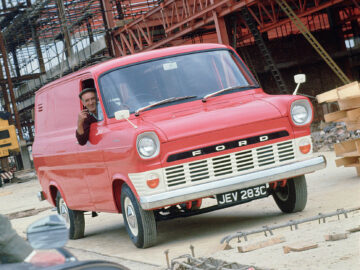
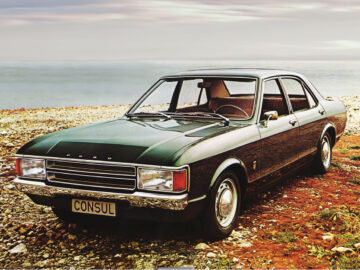
This is how the V4 ended up in the Saab 96
Ford had actually developed the V4 for a compact model for the American market, to be called Cardinal. In the end, everything turned out differently. Project Cardinal eventually became the European Ford Taunus 12M P4 introduced in 1962. The compact car for America became the unrelated Falcon.
So although Ford did supply the V4 in its own models, it sought more uses for the block. Ford bought a number of Saab 96s for testing. Eventually, the cars including the V4 engine were sold back to Saab, which also tested with them. The use of the V4 pleased both parties, and so the Ford engine was also in Saab’s offerings beginning in 1967.
The Taunus V4 came in four variants: a 1.2-liter, a 1.3-liter, a 1.5-liter and a 1.7-liter. Power outputs ranged from 29.8 kW (41 hp) for the base 1.2-liter to 56 kW (76 hp) for the most powerful 1.7-liter. Saab used only the 1.5- and 1.7-liter variants. For Saab’s motorsport activities, the block was boosted, with Saab managing to get as much as 179 kW (244 hp) out of the 1.7-liter.
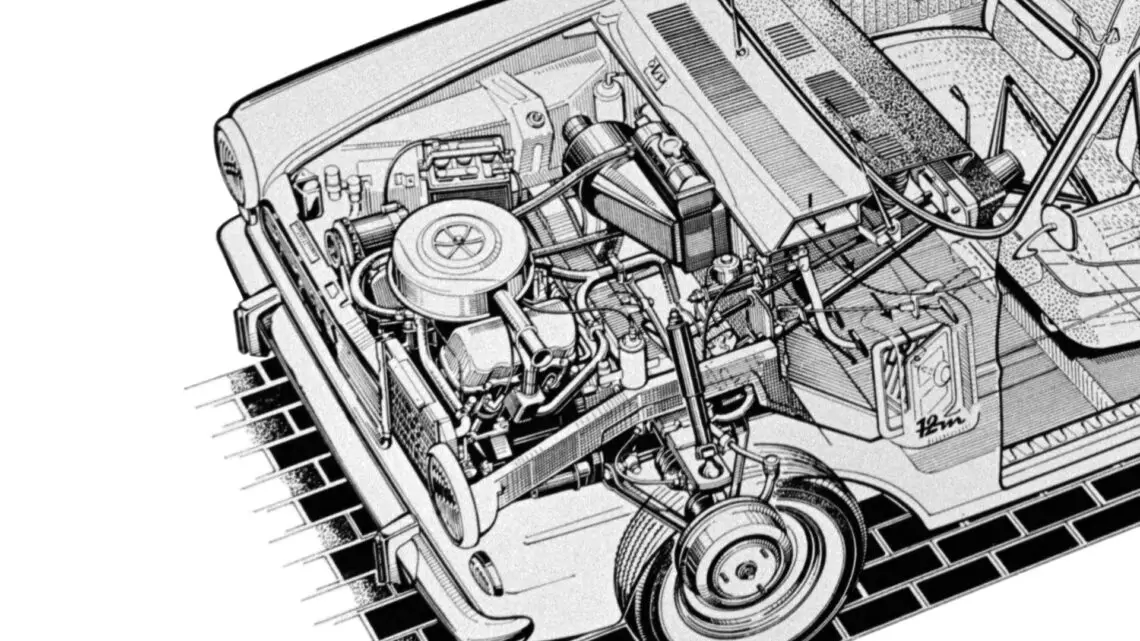
The Saab 96
The Saab 96 entered the market in 1960 and was a further development of predecessor 93. The early examples of the 96 are even identical at first glance. However, the Saab 96 had a larger rear window, much more practical luggage space and many technical improvements. In 1965, the Saab 96 received a slightly longer front end, already in preparation for “a new engine. So that became the V4, which was added to the lineup in 1967.
Until then, the Saab 96, like its predecessor, was powered by a 795 or 841 cc three-cylinder two-stroke engine. The V4 was a welcome addition. Not only did that engine offer better performance, but it was a four-stroke engine. Thus, the owner no longer needed to apply blended lubrication. Saab had so much faith in the Taunus V4 that it offered the first owners a “lifetime warranty,” for an additional price of over 400 euros converted to current currency. Great deal, right?
With a number of “facelifts,” the Saab 96 remained in production through 1980, including the V4 engine. By then, Ford had stopped providing the engine for its models for several years. A successful collaboration for good reason, then.
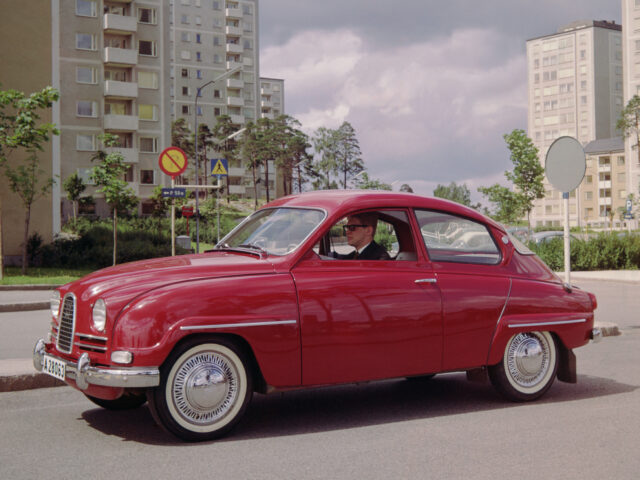
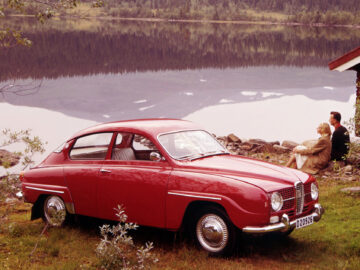
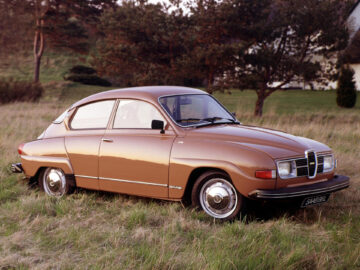
The spotted specimen
The Saab 96 V4 we came across the other day in sunny Huizen is an original 1972 Dutch example. Unfortunately, hardly any technical data are registered at the RDW, so we do not know which variant of the V4 is under the hood here. However, it is fun anyway to come across a Saab 96 again in the year 2023. The current owner has been driving the car around since 2010 and from the looks of it, he takes good care of it. The Saab looks very nice. A gritty cobweb on the side mirror is literally the only blemish.
